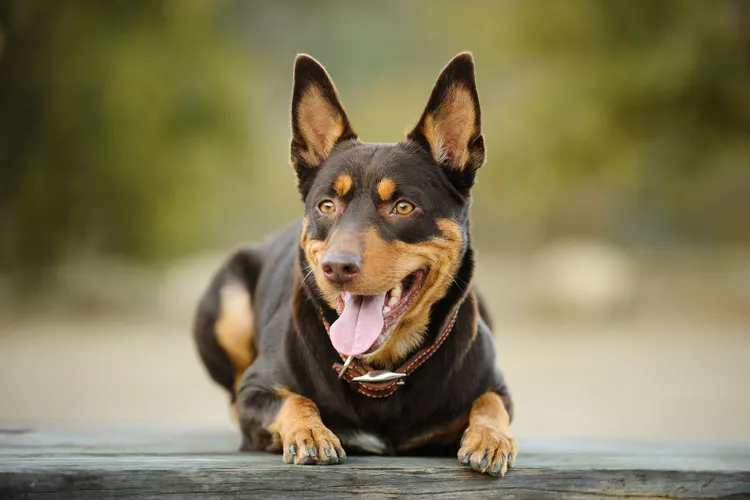
The Australian kelpie is a medium-sized herding dog breed from the Land Down Under. They're known for their athletic bodies and energetic personalities. Highly intelligent and driven, kelpies enjoy working hard and actually need a job to do—hanging around the house won’t suffice. Most working Australian kelpies herd sheep, though some roundup cattle as well.
Learn more about the Australian kelpie dog breed to determine if this breed is right for you.
GROUP: Herding (UKC)
HEIGHT: 17 to 20 inches tall at the shoulder
WEIGHT: 30 to 45 pounds
COAT: Moderately short, straight, and weather-resistant with a brushy tail; may be longer on the neck and the backs of the thighs
COAT COLOR: Black, with or without tan markings; blue (gray) ranging from dark to light, with or without tan markings; red ranging from chocolate to light red, with or without tan markings; or tan ranging from dark to cream
LIFE SPAN: 10 to 13 years
TEMPERAMENT: Intelligent, eager, energetic, loyal, alert, friendly
HYPOALLERGENIC: No
ORIGIN: Australia
The Australian kelpie has a friendly, affectionate personality that makes is a suitable family dog. The breed can be loving and even cuddly with children and typically gets along well with other pets. However, they might need to be discouraged from excessive herding of family members. They are highly trainable, eager to please, and loyal. The Australian kelpie can be the ultimate companion for those who understand the breed’s special needs.
Though the name suggests the Australian kelpie was developed in Australia, its ancestors are in fact Scottish. Medium-sized working collies of various types—some longhaired and some smooth, some black and tan, and some red—were imported into Australia in the late 1800s to help Australian farmers manage their enormous flocks of thousands of sheep in difficult weather and terrain.
One female considered to be the foundation of the breed was named “Kelpie,” which is the name of a shape-shifting aquatic creature in Celtic mythology. When Kelpie was eventually bred, her puppies were impressive sheepherders. The line of dogs came to be called “Kelpie’s pups,” and later, simply kelpies (without capitalization).
Although the breed is a well-known working dog in Australia, the Australian kelpie is not as recognized in the United States since they are rarely kept as pets. However, a few thousand kelpies can be found working on ranches and farms in North America.
The Australian kelpie is part of the American Kennel Club Foundation Stock Service, the first step toward the breed’s eventual full recognition. The United Kennel Club fully recognizes the breed as a member of the Herding Dog Group. The Australian kelpie is also recognized by the international kennel club Fédération Cynologique International (Group 1: Sheepdogs and Cattle Dogs).
Australian kelpies are bred to work all day in difficult conditions so they need an extreme amount of exercise. You'll only need basic grooming skills for this breed, which is helpful because you won't have time for is since you'll be out exercising your kelpie.
If an Australian kelpie is primarily a pet, be prepared to offer hours of daily exercise and mental engagement, whether in the form of jogging, hiking, retrieving games, trick training, herding, agility, swimming, disc dog events, or almost any other competitive canine sport. The breed has impressive endurance; if you’re looking for a running partner, the Australian kelpie is your dog. A kelpie isn’t meant to be on a leash at all times, so provide free running opportunities in a safe area away from traffic.
The Australian kelpie’s weather-resistant short coat is wash-and-wear. Brush weekly or more often if you want to reduce shedding (the coat, although short, sheds a fair amount). Bathe your dog when they become dirty.
Check the nails every other week, trimming them when necessary. Working dogs may naturally wear their nails down outside and require less frequent nail trims. Peek in the ears monthly to check and clean for debris or redness. Clean the ears with a pet ear cleaner and cotton balls when you notice a buildup of wax or debris.
Like most herding breeds, Australian kelpies are extremely smart and compliant. In fact, the breed’s intelligence rivals that of the famed border collie. Kelpies can be trained to do just about anything, and they are eager to learn new skills.
Training is an excellent way to put a kelpie’s powerful brain to work, and can go a long way toward fending off boredom. Positive reinforcement methods like clicker training give great results with a kelpie.
Australian kelpie puppies need lots of socialization early on in life to ensure they will be accepting of friendly strangers and comfortable in an urban environment. The breed may bark excessively, especially if not trained to cease once the alarm has been appropriately sounded.
Australian kelpies are in general a very healthy and hardy breed. However, as with all breeds, certain genetic issues have been identified in the Australian kelpie. These include the following:
Australian kelpies, especially working kelpies, need to eat energy-dense, high-quality food to fuel their active bodies. If you’re unsure what to feed your kelpie, or how much to feed, ask your veterinarian or breeder to advise you. When kelpies get enough exercise, they're unlikely to become overweight, but older kelpies or those recovering from an injury might need a lower-calorie diet to prevent weight gain. Excess weight contributes to joint disorders like arthritis, elbow dysplasia, and hip dysplasia, and can lead to other health issues like diabetes.
The Australian kelpie is not a good choice for the average pet owner, but if you’re looking for a performance dog or working dog, the breed may be a great fit. Though Australian kelpies are mostly similar, different breeders specialize in different types of working ability. For instance, you might want a dog with different qualities depending on if you want an Australian kelpie to work on a large sheep ranch, herd cattle, or one that is well-suited to help out on a small hobby farm.
Expect to pay a breeder $500 to $1,500 for a kelpie puppy. It may be difficult to find a rescue, but you can always inquire. To learn more, check out the following websites:
Intelligent and highly trainable
Loyal, friendly, and hardworking
Low-maintenance coat
Needs huge amounts of exercise
Requires daily mental stimulation
Barking can be an issue
The Australian kelpie is a beautiful dog that may be tough to keep in the average household because of its breeding and physical needs. But if you like the Australian kelpie, you might also like these breeds:
Otherwise, check out all of our other dog breed articles to help you find the perfect dog for you and your family.
Australian kelpies grow to about 30 to 45 pounds.
Australian kelpies are smaller than Australian koolies. They're also easier to groom and require less effort to train.
Australian kelpies cost anywhere from $500 to $1600, depending on your location.
Yes, kelpies can live in the house as long as they get plenty of exercise and mental stimulation every day. Without this, your kelpie may become bored or anxious, which can lead to destructive behavior.
The Australian kelpie was originally developed by crossing different collie breeds. While some sources suggest the breed was once bred with dingoes, this has been disproved through DNA testing.

Cute Pictures & Facts About Calico Cats & Kittens
Learn fascinating facts about calico cats, including photos, the genetics behind this color combination, and common folklore and traditions.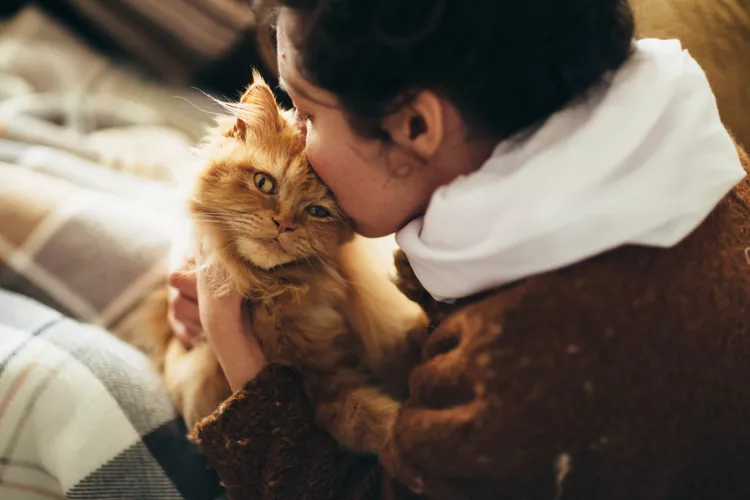
How to Prevent Cat Separation Anxiety During Vacations
Discover why cats develop litter box problems and cat behavior problems when you go on vacation and what you can do about it to help them.
Cat Behavior Changes That Might Mean Something's Wrong
Cats' behavioral changes may indicate problems—or they may mean nothing at all. Explore causes of odd behavior and what to do about them.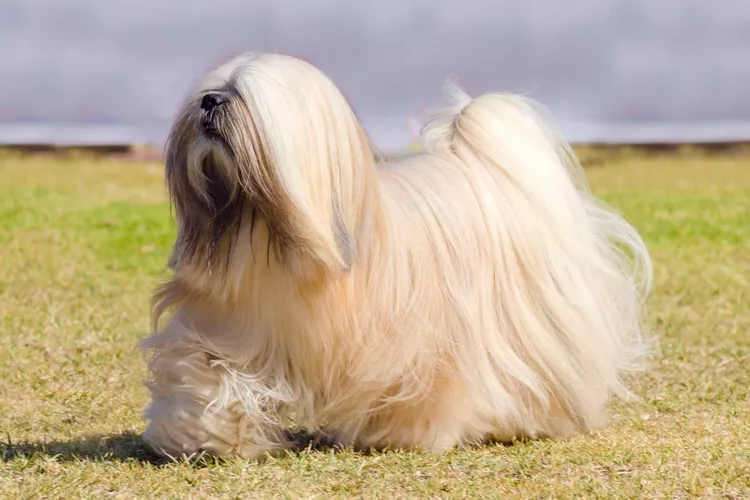
Lhasa Apso: Dog Breed Characteristics & Care
The Lhasa apso is an ancient breed from Tibet that was bred to be a watchdog. Learn about its history, health, exercise needs, and more.
Reasons Why Dogs Run Away and How to Stop It
Dogs can escape, especially if they’re bored and not properly contained. Here are some techniques for stopping your dog from running away.
Can Dogs Get Depression? How to Help Your Sad Dog
Can dogs get depression? Learn about the signs of depression in dogs and find out how to help your sad dog.
How to Stop Aggression in Dogs
Dog aggression can be a serious behavior issue for pet owners. Learn how to stop aggression in dogs before someone gets hurt.
How to Stop Your Dog From Growling
A growling dog can soon become even more aggressive. Reduce the noise and potential for a dangerous situation with some of these techniques.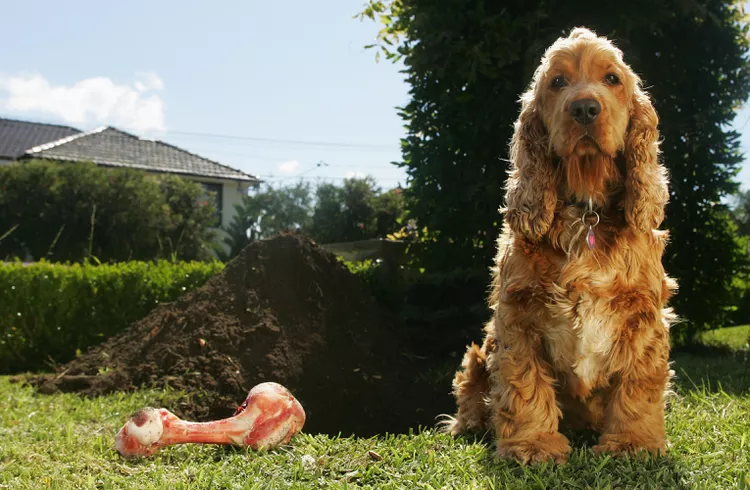
Why Do Dogs Dig Holes? How to Stop Your Dog from Relandscaping Your Yard
Dogs have been digging holes for centuries and for many reasons. Whether they’re bored or want to cool off in the dirt, here are the top reasons why dogs dig holes.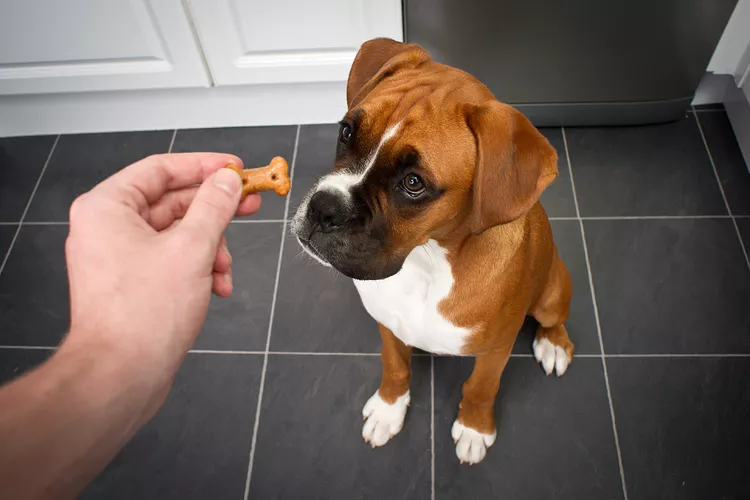
Dog Treat Varieties
Learn about the different types of dog treats on the market and decide which are best for your dog.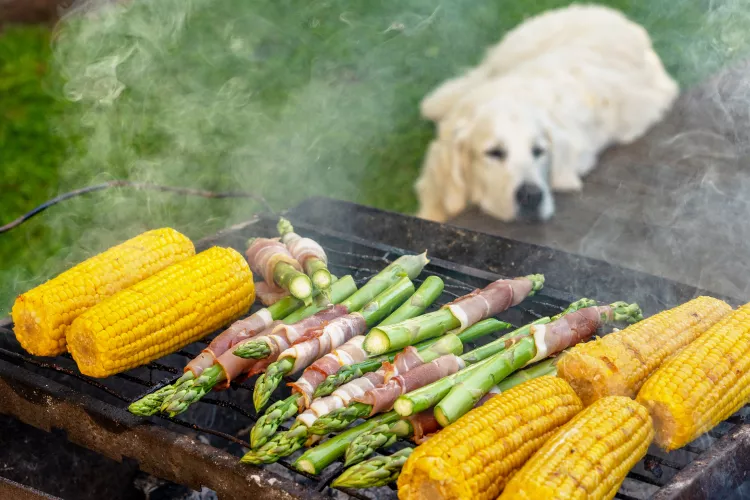
Can Dogs Eat Asparagus?
Dogs can eat asparagus, provided the vegetable is cooked plain and cut up for them. Seasonings, salt, and butter make it unhealthy for dogs.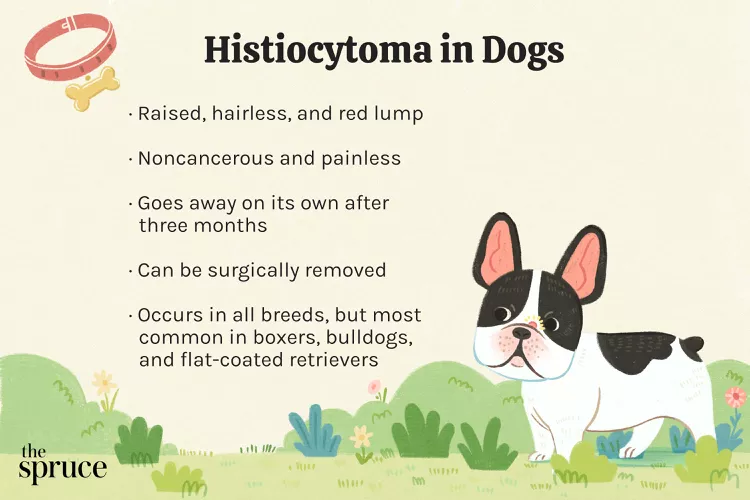
Histiocytomas in Dogs
A histiocytoma is a type of benign (non-cancerous) skin lump that usually affects young dogs. Learn the causes, treatment, and prevention.
Why Is My Dog’s Eye Swollen?
If your dog's eye is swollen, she may need veterinary attention. The inflammation could be caused by allergies, an injury, or even a tumor.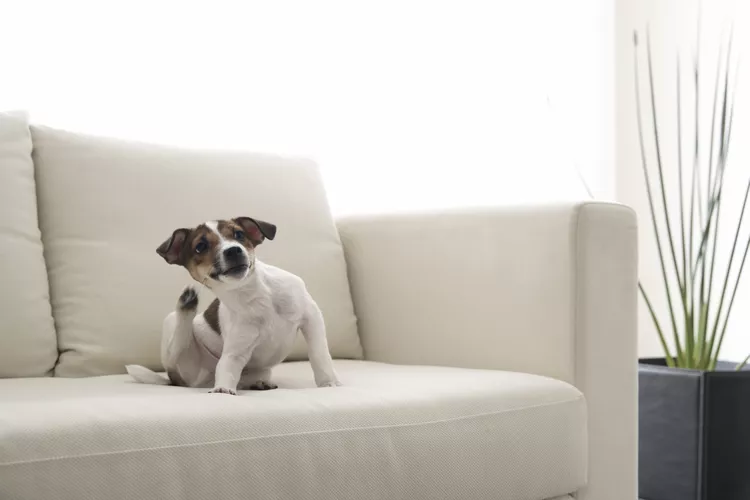
Common Bugs and Parasites Found on and Inside Dogs
Learn about common types of parasites in dogs. Find out how to treat and prevent parasites to keep your dog, your family, and yourself safe.
Exploring the Different Types of Pet-Friendly Beaches
Are you looking for pet-friendly beaches? Learn about the different types of pet-friendly beaches, their locations, and tips for visiting them with your pet.
10 Obscure, Little-known Canine Facts in Honor of National Dog Day
With National Dog Day upon us, it's time to celebrate everything about our favorite pets—even the weirder stuff. Here are 10 obscure facts about dogs you probably didn't know.
Kitten Development From 3 to 6 Months Old
Kittens grow and change a lot during their first year. Find out what happens between the ages of three months and six months old.
95 Siamese Cat Names
Our list of Siamese cat names has diverse and fun options to help you choose the ideal moniker for your elegant and lovable feline companion.
What to Buy for Your New Cat: A List of Essentials
Before you bring your new cat or kitten home, there are a number of things to collect or buy so your cat will feel welcomed like a family member.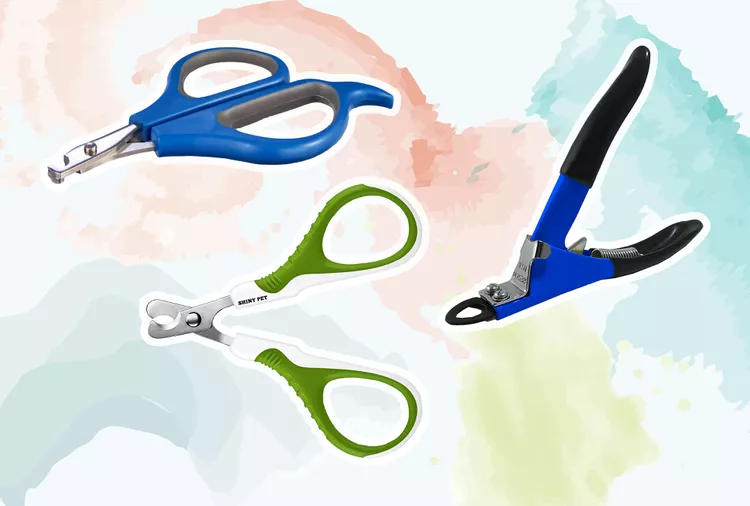
The 6 Best Cat Nail Clippers of 2024 for a Safe Trim
Clipping your cat's nails can save your furniture and keep your kitty comfortable. We asked veterinarians for their cat nail clipper recommendations.